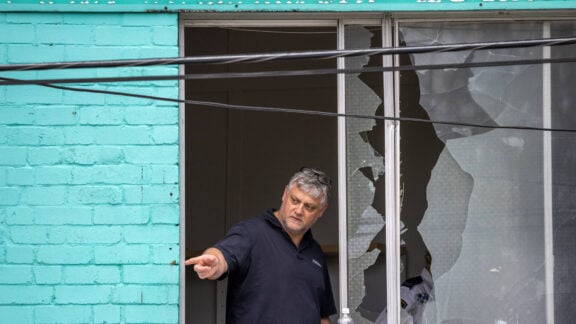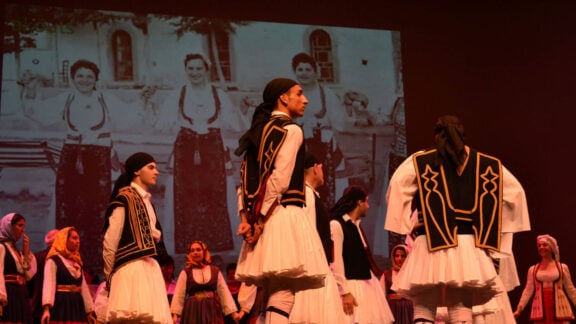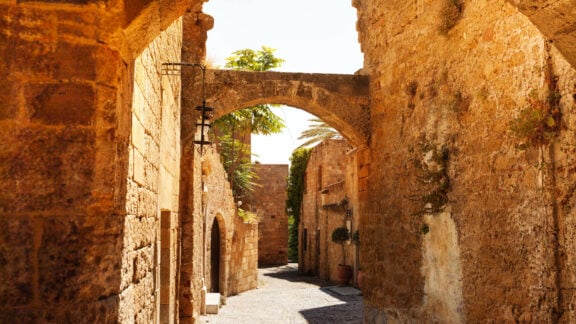After 22 years of planning, delays, and debates and the major Greek financial crisis the Thessaloniki Metro finally opened on Saturday.
It revealed a subterranean world where ancient history and cutting-edge technology coexist. This weekend’s launch marked the end of a project that generated much anguish and controversy, as it disrupted daily life and embroiled archaeologists, historians, planners and politicians in fierce debates.
Construction of the metro began in 2006 but was soon complicated by extraordinary archaeological discoveries. As workers dug beneath Thessaloniki’s streets, they uncovered a Byzantine-era market, a Roman cemetery, and countless other relics, reflecting the city’s rich history spanning 2,300 years. From its Hellenic origins through Roman, Byzantine (Hellenic), and Ottoman occupation, Thessaloniki’s complex layers of history emerged, piece by piece.

“Archaeologically, it has been an extremely complex and difficult endeavour,” Minister for Culture Lina Mendoni told media at the opening. Since construction began, more than 300,000 artefacts have been unearthed. “To get here required a battle on many fronts,” she added.

Kathimerini reported that among the treasures uncovered are two marble squares, an early Christian Basilica, a Roman road, water and drainage systems, and ancient Greek burial sites adorned with jewellery and gold. Many of these findings are now displayed in the metro’s 13 “archaeostations,” turning daily commutes into a journey through the palimpsest of Greece’s ancient and Byzantine history.
Prime Minister Kyriakos Mitsotakis described the metro as “the most modern in Europe, as Thessaloniki deserves” during the opening ceremony. Speaking to reporters on Saturday, he remarked: “Today, after all, the project speaks for itself. It is a tangible project that, until the last moment, I’m sure, many in the city didn’t believe would happen. But here it is.”

During a private tour on Friday, Mitsotakis emphasised the metro’s dual role as both public transport and a museum: “It’s probably unique in the world. We will go through an underground museum to reach the train.”
The metro’s completion faced numerous setbacks, including Greece’s financial crisis from 2009 to 2018. Funding issues and the need to excavate deeper than initially planned—to preserve the archaeological sites—pushed the tunnels to a depth of 31 metres (102 feet), according to the project’s contractors.

Despite these challenges, the Thessaloniki Metro stands as a symbol of the city’s ability to embrace modernity while preserving its past. As archaeologist Melina Paisidou reflected, “It is an opportunity for Thessaloniki to become a second Rome, in terms of antiquities.”









